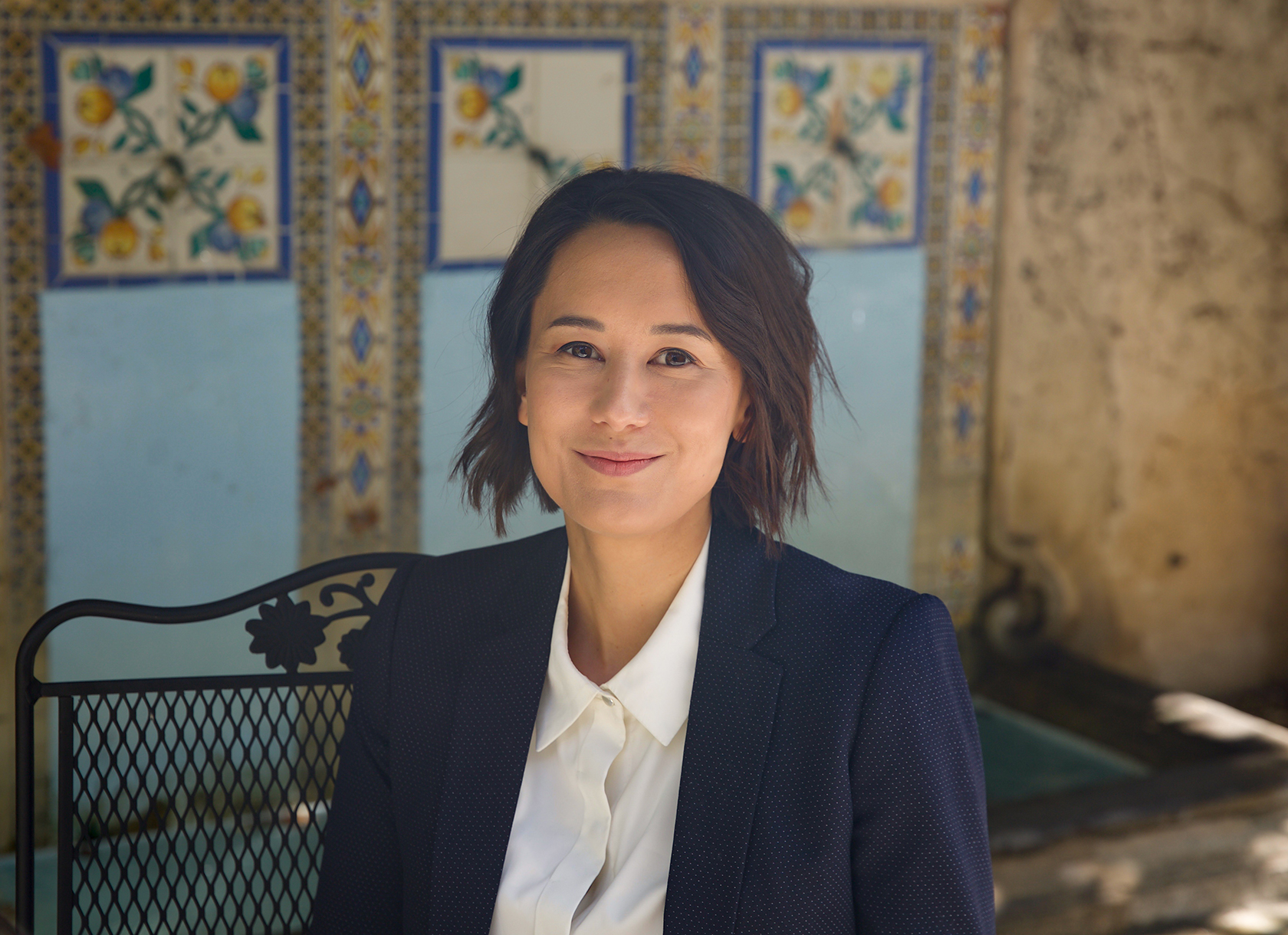
This fall, 11 new tenure-track faculty members joined Scripps College. As part of our ongoing series on Scripps’ faculty, the Office of Marketing and Communications recently sat down with Julia Lum to discuss landscapes, cultural exchange, and Southern California.
Marketing and Communications: One of your areas of expertise is visual and material histories of empire. How did you become interested in that field?
Julia Lum: As an undergraduate, I studied abroad in Australia, not really thinking about what that would mean as a cultural education. But while I was there, I started to see artistic connections between where I’d studied on the Canadian West Coast and Australia, thousands of miles away. European colonizers drew those connections through British Imperial networks—the British Empire is what links those distant places. That brought me to questions about art history, nineteenth-century cultural exchange, and the way art objects can tell both a visual and political story.
MC: Your current research focuses on landscapes at the intersection of Indigenous and British colonial cultural practices. Is there a particular type of landscape work you’ve been drawn to recently?
JL: My research is about the social, cultural, and artistic forces that shape how we view place and landscape—how cultures meet on the same ground but bring different ways of marking space and place, which affects the way artists and photographers record these places. I’m particularly interested in art created at times when the historical outcome was still uncertain. In the early 1800s, European artists came to Aotearoa (or, New Zealand, as Europeans called it) at a time when it wasn’t known whether Europeans would become settler colonists or whether the Maori would continue to dominate the physical landscape. British artists tried to translate Indigenous contexts through a European aesthetic, but they weren’t always successful. So, I’m interested not just in how those contexts are translated, but in the moments when those translations fail.
MC: What’s an example of one of those failures?
JL: In New Zealand, there are places where land is marked as sacred, with certain access prohibitions. The earliest European artists had to negotiate those kinds of spatial restrictions, or they were subject to the power of ruling chiefs, so they could only sketch from specific areas. This impacted how they depicted landscapes, as well as the artistic conventions they chose.
Throughout the empire, you can see how British artists tried to apply artistic formulas to foreign places in an attempt to translate landscapes into a visual language that they’d be familiar with. For example, in an English landscape tradition, a ruined abbey on a hillside often represents an ancient past. But the thing with some of these places in New Zealand is that there’s no analog. The convention doesn’t translate in the same way. The Maori-constructed fortified hilltops called pa that stand in for these architectural references in early paintings don’t necessarily represent an inherited ancient lineage—they’re an expression of Maori dominance over their landscape and territories, and, in fact, the surveillance of early British colonists by a Maori gaze.
MC: What classes are you hoping to teach or develop at Scripps?
JL: One class I’ll be teaching in the spring is the Art of the Pacific Voyage. That class is meant to introduce 5C students to Pacific art, bringing a new area of study to The Claremont Colleges. Students will examine the ways that voyaging and navigation was not just an invention of European exploration but have always been central to Pacific Islander cultures in Oceania.
MC: What’s a fun fact about yourself that you’d like to share with the community?
JL: I grew up in the Pacific Northwest and have lived most of my adult life in central and northeast North America, so I’m very happy to be back on the West Coast!

